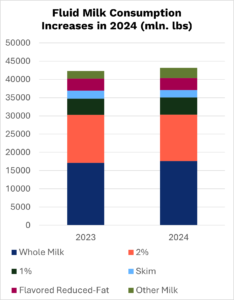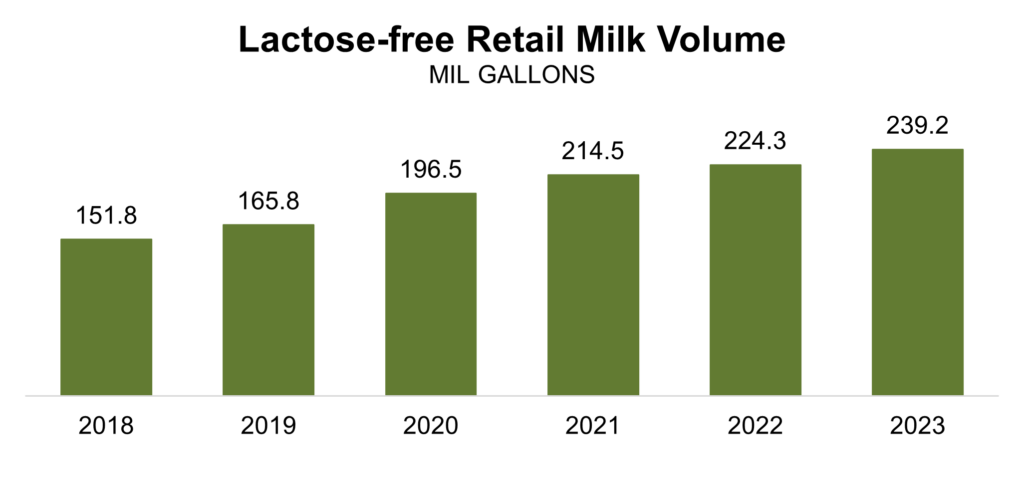The National Milk Producers Federation celebrated strong bipartisan Senate support for the Whole Milk for Healthy Kids Act as senators begin considering this critical legislation.
In a Senate Committee on Agriculture, Nutrition and Forestry hearing held Tuesday to review the measure, committee members and panelists highlighted the role this bill could have in increasing student milk consumption and nutrition access while also potentially decreasing waste.
“NMPF commends Sens. Roger Marshall, R-KS, and Peter Welch, D-VT, for advocating for our nation’s students to have more access to nutrient-rich dairy by allowing schools to offer whole milk with school meals,” NMPF President & CEO Gregg Doud said. “We know that Americans are under-consuming dairy products, and as we heard today, students have said they want the milk they are familiar with and that they find satisfying. For many students, that’s whole milk.”
NMPF also thanks Chairman John Boozman, R-AR, and Ranking Member Amy Klobuchar, D-MN, for voicing their support for the bill.
“We are grateful to Chairman Boozman and Ranking Member Klobuchar for convening today’s hearing, and we look forward to working with them and the bill’s bipartisan sponsors to move it forward,” Doud said.
The House of Representatives is considering similar legislation led by House Agriculture Committee Chairman GT Thompson, R-PA, and Rep. Kim Schrier, D-WA. The bill was approved by the House Education & the Workforce Committee with bipartisan support Feb. 12, and it now awaits floor action. Similar legislation passed the House by an overwhelming bipartisan margin in 2023 but was not taken up in the Senate.


 This is shaping up to be an exciting year for both whole and lactose-free milk, two growing segments of fluid milk consumption that are poised for further gains in grocery aisles as well as Washington, D.C. policy circles.
This is shaping up to be an exciting year for both whole and lactose-free milk, two growing segments of fluid milk consumption that are poised for further gains in grocery aisles as well as Washington, D.C. policy circles.





